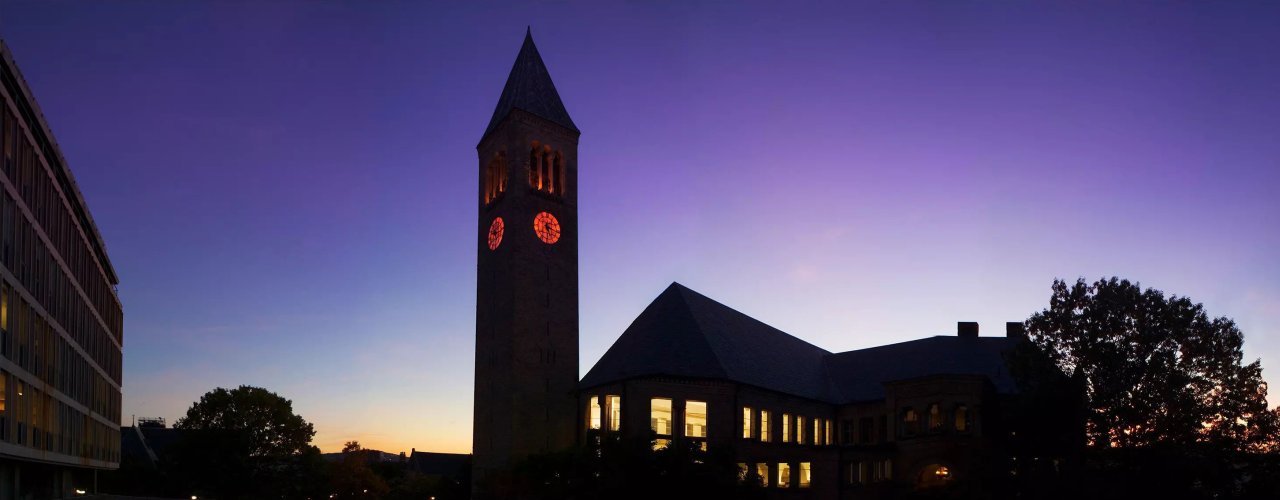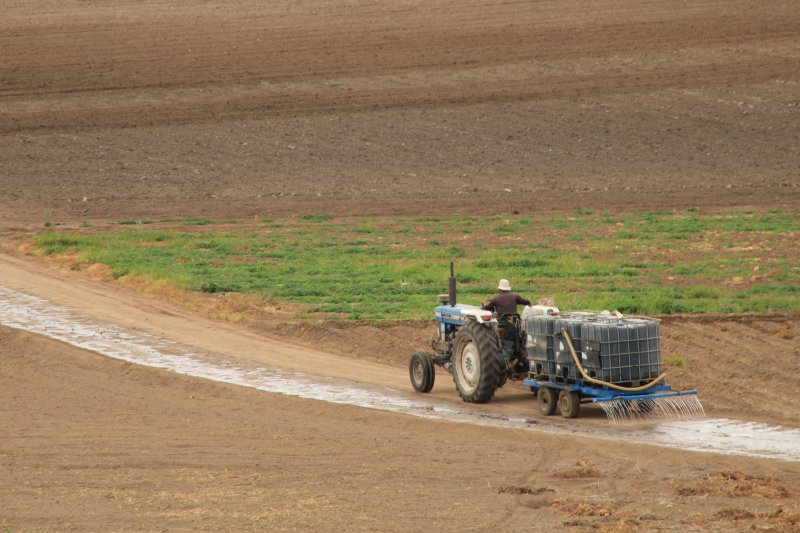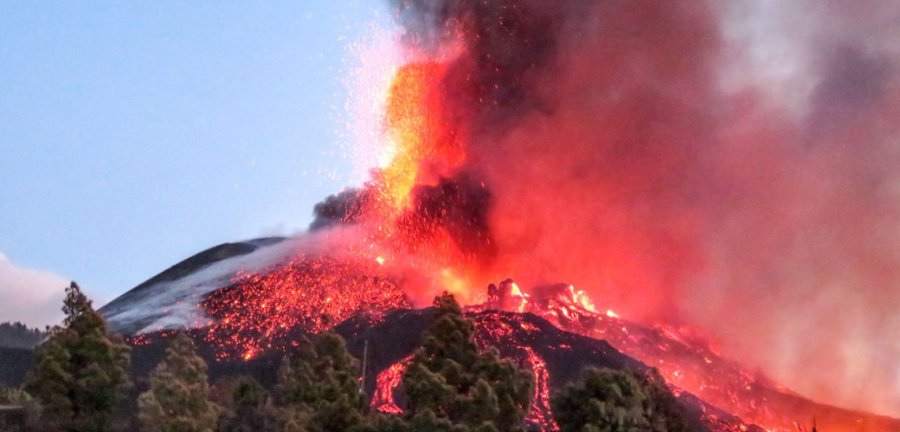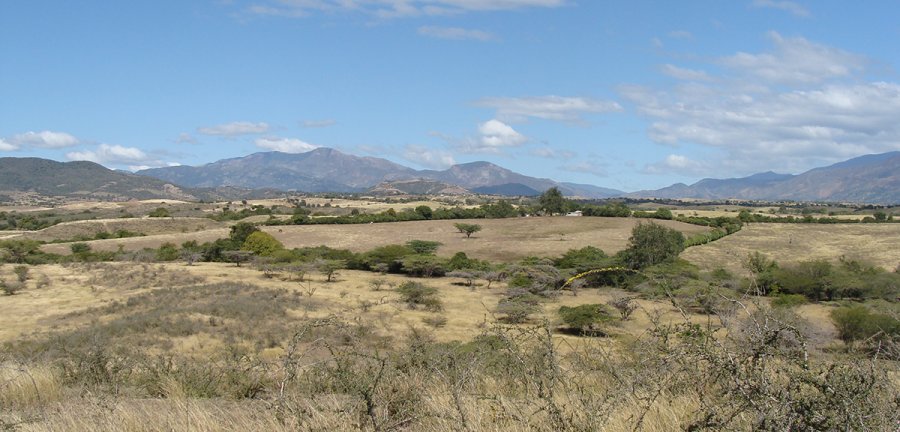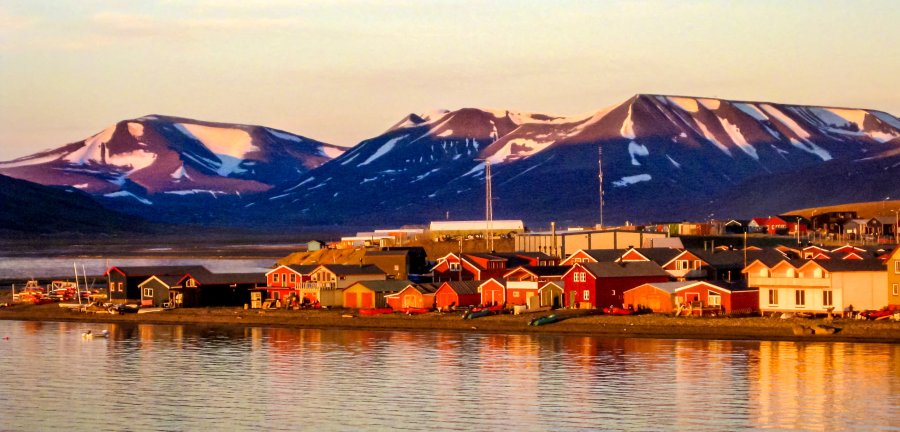International Research Protects U.S. Land, Water, and Air
From Waste to Worth
Cornell research reduces U.S. dependence on imported minerals.
Jillian Goldfarb and Jeff Tester (Cornell Engineering) are transforming international partnerships into practical solutions for worldwide energy and agricultural challenges. Groundbreaking work with Italian collaborators pioneered new methods for converting biomass waste into clean-burning fuels, while collaboration with Israel’s Technion University is developing innovative processes to recover essential nutrients from agricultural waste.
These partnerships advance regional energy security and independence, particularly in rural areas—and reduce American farms’ reliance on imported mineral fertilizers.
A powerful tool for improving soil health, biochar is created by heating organic matter—like wood or agricultural waste—in a process called pyrolysis.
For over 20 years, research by Johannes Lehmann (College of Agriculture and Life Sciences) has created biochar soil management technology that helps farmers in the U.S. and abroad naturally fertilize soil and sequester carbon to mitigate climate change.
Cornell innovations contributed to the biochar production technique and science that won NetZero a $15 million award in the 2025 XPRIZE Carbon Removal competition.
Volcanic Insights: From Spain to Yellowstone
When La Palma volcano erupted in Spain’s Canary Islands, Cornell scientists seized the unprecedented opportunity to advance real-time volcanic monitoring methods. Led by Esteban Gazel (Engineering), the team developed an innovative CO₂ barometer that precisely pinpoints magma storage—vital information for risk assessment. This Cornell-pioneered technique now enhances volcanic monitoring in Hawaii, Yellowstone, and worldwide.
Caribbean Drought Atlas Protects the U.S.
Cornell researchers led by Toby Ault (Engineering, CALS) created groundbreaking drought forecasting tools with collaborators in the Caribbean. Their work has improved understanding of El Niño’s impact on droughts, benefiting Caribbean communities and helping the southeastern United States prepare for extreme weather events.
Bringing Home Insights From the Arctic
Postdoctoral fellow Ligia Fonseca Coelho (Cornell University College of Arts and Sciences) ventured to Ny-Ålesund, Svalbard—one of Earth’s most remote research outposts—to study “extremophiles,” organisms that live in extreme environments. Through rare international partnerships, she opened new scientific pathways normally out of reach to U.S. researchers, expanding America’s access to essential Arctic data and infrastructure.
Unlocking Antarctic Secrets
Icefin robot developed by Britney Schmidt (A&S, Engineering) explores beneath Antarctic glaciers, uncovering how melting ice sheets threaten global sea levels—crucial knowledge for U.S. coastal cities.
Did You Know…
Next Up: Government and Society | Return to: International Research Matters for the United States

